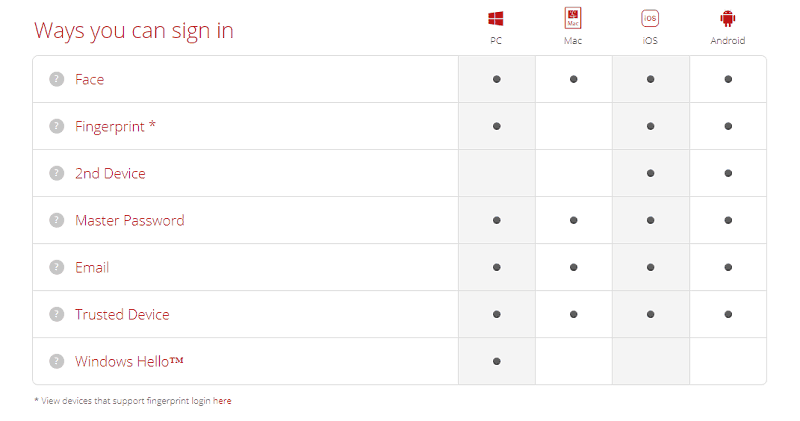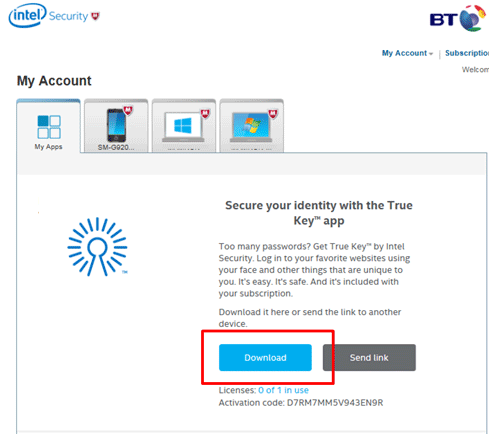

Results in a solution that is a global minimum. Points, but using several replicates with random starting points typically In general,įinding the global minimum is solved by an exhaustive choice of starting This phase converges to a local minimum, although there mightīe other local minima with lower total sum of distances. Of distances, and cluster centroids are recomputed after each reassignment.Įach iteration during this phase consists of one pass though all the Where points are individually reassigned if doing so reduces the sum Only approximates a solution as a starting point for the second phase. That is, a partition of the data where moving any single point toĪ different cluster increases the total sum of distances. Phase occasionally does not converge to solution that is a local minimum. This first phase uses batch updates, where each iterationĬonsists of reassigning points to their nearest cluster centroid,Īll at once, followed by recalculation of cluster centroids. The number of replicates (specified by theĭata Types: char | string | double | single

Invokes replication of the clustering routine. The rows ofĮach page correspond to seeds. The rows ofĪrray of centroid starting locations. Number of observations in the random 10% subsample Preliminary phase is itself initialized using The number of observations in the subsample is Perform a preliminary clustering phase on a

Generating C/C++ code requires MATLAB® Coder™. Then, generate code for the entry-point function. For code generation, define an entry-point function that accepts the cluster centroid positions and the new data set, and returns the index of the nearest cluster. Use kmeans to create clusters in MATLAB® and use pdist2 in the generated code to assign new data to existing clusters.

To save memory on the device, you can separate training and prediction by using kmeans and pdist2, respectively. In this workflow, you must pass training data, which can be of considerable size. The kmeans function supports C/C++ code generation, so you can generate code that accepts training data and returns clustering results, and then deploy the code to a device. When you have a new data set to cluster, you can create new clusters that include the existing data and the new data by using kmeans. Kmeans performs k-means clustering to partition data into k clusters. Statistics and Machine Learning Toolbox Statistics and Machine Learning Toolbox.


 0 kommentar(er)
0 kommentar(er)
